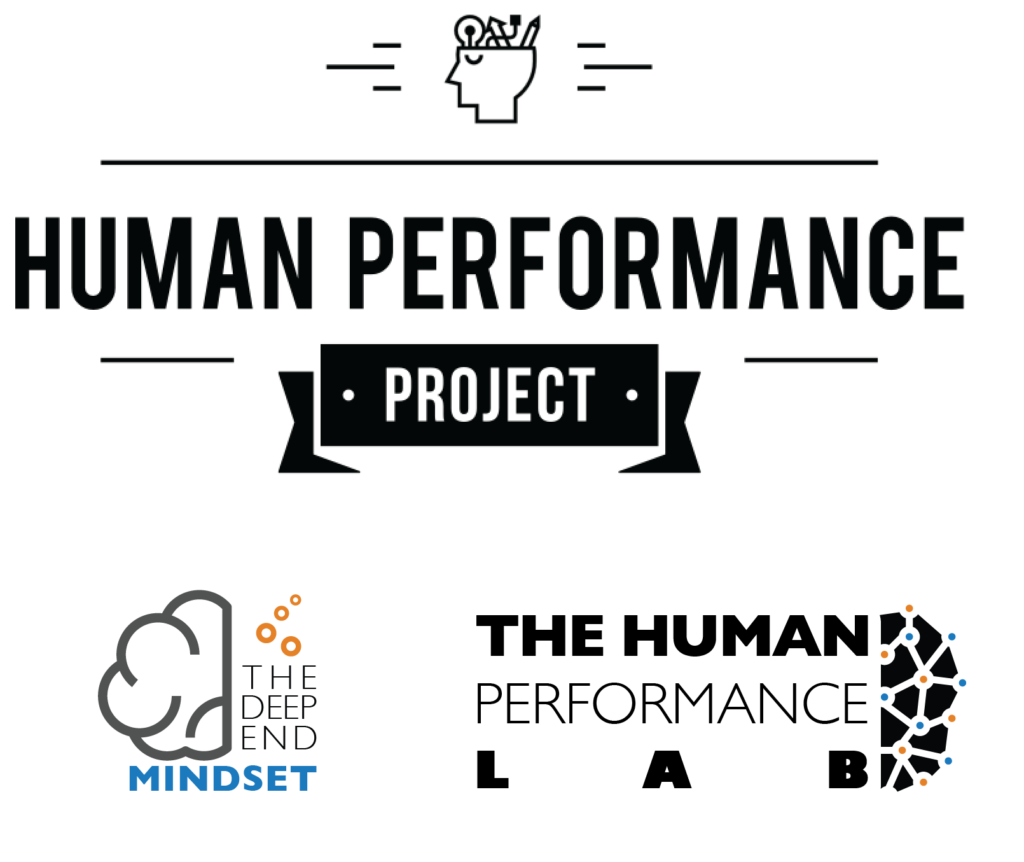First Exposure…
When I was 11 years old the universe decided to throw me the first truly tough decision of my life. Identifying I wanted to be a star basketball player, I was faced with the choice to stay at my elementary school with all my friends (everyone I had formed relationships with in life to that point), or transfer to a brand new Christian school where there was an opportunity to be groomed as a top basketball prospect. Not only would this mean leaving my safe social circle behind but at the time I didn’t even know what the big word “Christianity” really meant.
It was a long month of weighing the pros and cons and slowly leaning into the risk and fear that was associated with so much change. In the end, with the unconditional support and guidance of my parents and brothers, I took my first plunge into the deep end of life and made the transfer.
By the time I was in 10th and 11th grade I understood that this early decision fundamentally changed the trajectory of my life. Little did I know that this first encounter with risk, change, and ’the deep end’ would become the foundation of which I now use to approach these dynamics in all aspects of my life.
Risk, Change, and Continual Learning
There are fundamental relationships in life that as human beings we will always encounter. This is the case when we look at the relationship between risk and change.
The recipe to meaningful growth and learning is never complete without the ingredients of risk and change.
In a modern age where technology, venture backed funding, and the scale of access to information has created a hyper connected competitive marketplace, if you are not continually growing as a business or as a person, you won’t be around long.
Which begs the question as leaders, how do we nurture the right kind of environment to facilitate adoption of effective risk, change, and growth for our teams.
There are countless dynamics that affect the risk tolerance dichotomy of a culture. Thanking our teammates or employees for their willingness to take risks is one of the simplest ways to begin creating the foundation for this risk and change acceptance behaviour. It is so simple that I often times see this being overlooked and undervalued by leaders today.
The little things make the biggest difference. It may seem trivial, but the handful of seconds you take to truly encourage an employee to go for it may be the difference between a game changing campaign, or continuing to function in the safety of the ‘comfort zone’.
The Comfort Zone is little league.
3 reasons why we need to be thanking and acknowledging our teams for embracing risk
1. Risk tolerance is shaped by experience and feedback
Simply put – risk tolerance is a consequence of reaffirming feedback. I see this many times in kids being raised in different family environments. Would you anticipate the child being raised by two entrepreneurs or two lifelong traditional career workers to be more risk tolerant?
The same is true of our teams. As a team leader every action matters, from how we celebrate wins publicly to the slightest body language shown when reacting to a failed risk. Every point of feedback informs and impacts how the decision making culture evolves.
If you’re in a leadership position, you need to become comfortable with the fact that 100% of what you do has impact on your team and the broader community.
Some leaders see this as a burden – the great leaders embrace it as a cherished opportunity.
2. It is our job to inform strategy and alignment
A natural argument to come out of this conversation is that perhaps newer team members or employees don’t know how to take appropriate risks so why should we be encouraging them to do so.
This is a great point and it’s important to acknowledge that everyone is at a different stage of their strategic decision making journey.
But the skill and effectiveness of decision making and execution is secondary to the behaviour. Again the responsibility falls on us as leaders to guide this process of risk adoption and strategic decision making. Just like a great coach can assess and adapt coaching style to meet each player where they are in their development – a great business leader will make this same assessment of their employees with regards to understanding strategic decision making skill sets and meet them on that path with support.
It is then a matter of nurturing these skills through encouraging the right amount of risk tolerance to move each member slightly out of their comfort zone while still providing light support.
While it may seem harsh, a team member’s miss on decision making, strategy, or execution is often a greater reflection of a miss in leadership.
3. There is a difference between failed risks and bad decisions
If we have committed to the points above and are ready to support and encourage our teams to take risks regardless of the outcome – this point becomes essential.
The assumption we are able to start leaning into is that as leaders, if we are doing everything we can to create, encourage, and support a risk tolerant culture – it now (And only now) becomes about ensuring we have the right people in place.
To site the well known analogy from Jim Collins, we now need to look at ‘getting the right people on the bus in the right seats’.
The reason why this comes as a 3rd point is because we will not get an accurate assessment of whether we have the right people in the right seats until we have created the optimum culture for risk, change, and growth (yes this looks different in every single team). However, once this culture has been established, we can now start to identify the difference between great risk taking, regardless of success or failure, and poor decision making.
Coaching for risk and identifying poor decision making
The difference between a great risk and a bad decision may be almost impossible to detect at first – they both may end in the same result. However, it doesn’t take long to identify which track a team member is on. As we work with teammates after a risk taking decision, whether success or failure, it is our responsibility to adjust our style to support and coach this member to confidently take the next steps forward. When this is done effectively, we will start to see the separation between great risk taking and personal growth, and poor decision making.
With the right people in the right seats, after each consecutive iteration of risk tolerance and execution these team members, in the right environment, will learn and become exponentially more effective in their next attempt. If we don’t see this iterative improvement we of course need to assess our own coaching style, but I would also begin assessing whether there is a misalignment of fit and as a result poor decisions are being made consecutively.
What it All Comes Down To
The month of agony I spent assessing and analyzing of making a life altering decision was excruciatingly hard. 15 years later I still remember many of those sleepless nights. But the result was profound, as a human being my real development started at that moment.
Leaning into risk and jumping into the deep end time and time again has been my catalyst to hacking life.
But I’m just talking about myself. It’s not an example of leadership as much as it is personal growth.
Leadership is much scarier. Because, as my parents did during that first exposure, at some point we have to let go and encourage our team to take what we have given them and dive head first into their own deep end. In this act there is a clear sense of giving up command and control – which is where most leaders fall short.
But, as I think about that first experience as an 11 year old, the implication of my parents letting go of control and providing me the support to take that leap into the unknown were exponential.
This is what game changing leadership looks like.
Photo Credit: Luca Zanon | David Marcu
Subscribe for a monthly dose of inspiration… Similar to what you just read above!




